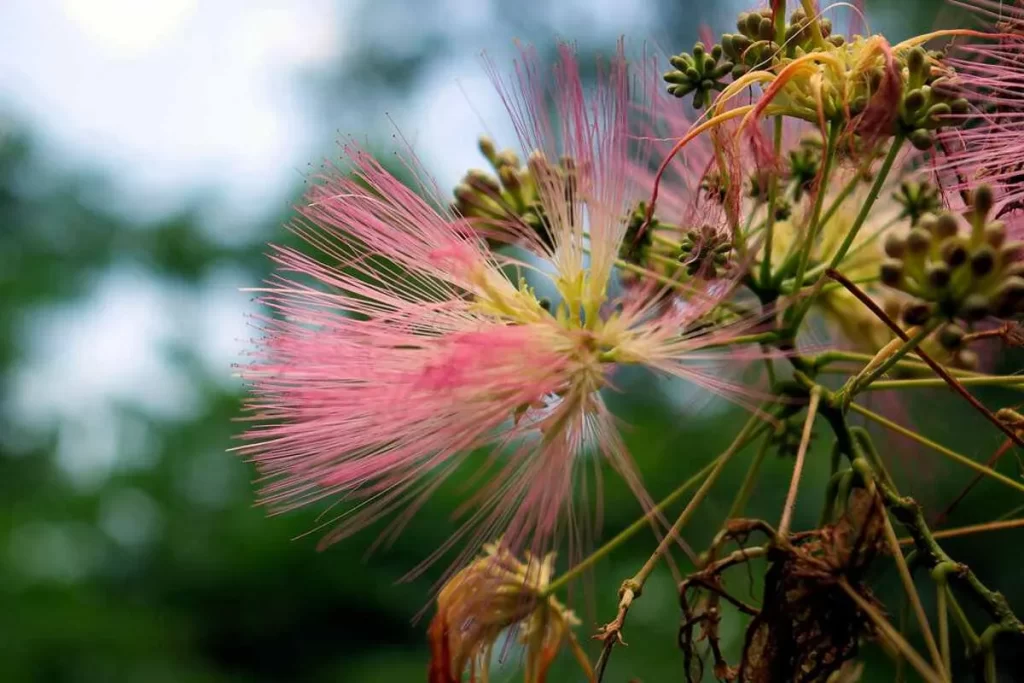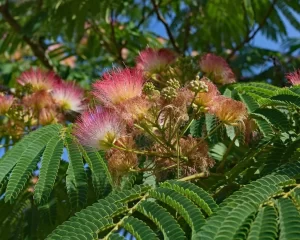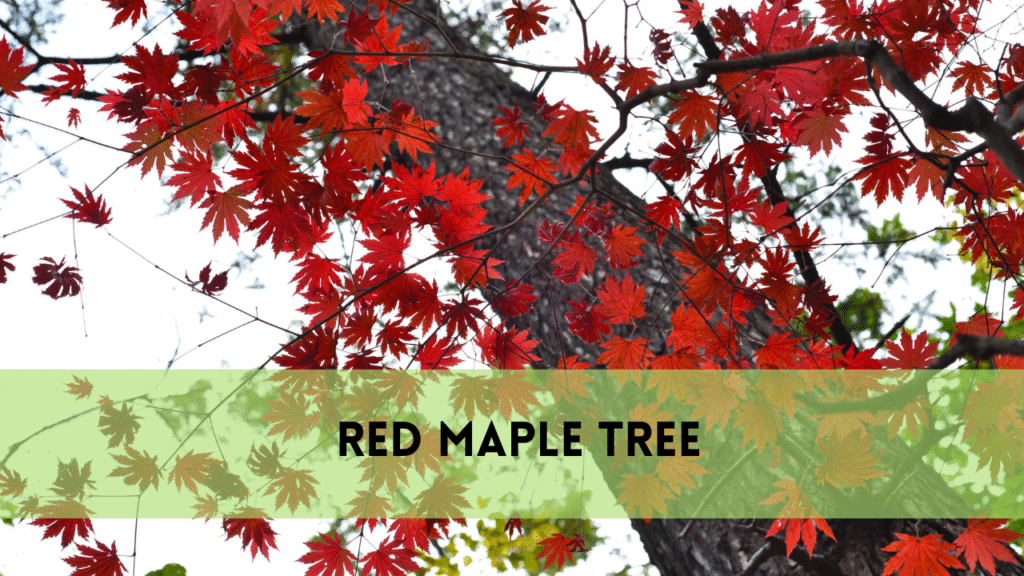Mimosa Trees Grow in Texas
Mimosa trees, with their beautiful pink blossoms and fern-like leaves, inspire ideas of tropical paradises. But do mimosa trees grow in Texas’ various landscapes? This detailed guide delves into the possibilities of mimosa trees in the Lone Star State, including their development habits, environmental preferences, and suitability for Texas gardens.
The Potential of Mimosa Trees in Texas Landscapes
Mimosa trees, with their graceful form and vivid blossoms, can add to the attractiveness of Texas settings. The state’s diverse environment may foster the growth of these trees, known for their resilience to various soil types and temperatures. Their fern-like foliage and fragrant pink flowers bring a touch of tropical elegance to gardens, parks, and urban spaces. Mimosa trees in Texas can provide shade, attract pollinators, and serve as a visually appealing focal point for any landscaping design. Mimosa trees may thrive in both rural and urban areas with proper care and maintenance, which includes regular watering and periodic trimming, increasing the natural beauty of Texas landscapes for future generations.

Do Mimosa trees grow in Texas?
Mimosa trees, commonly known as Albizia julibrissin, are abundant in many Texas communities. These decorative trees, originally from Asia, have found a home in the Lone Star State’s diversified topography. Mimosa trees are known for their beautiful appearance, which includes feathery leaves and bright pink blooms that bloom in late spring or early summer.
Mimosa trees flourish in a wide range of temperatures in Texas, including the humid subtropical regions of the Gulf Coast, the dry landscapes of West Texas, and the temperate zones of Central and East Texas. Because of their versatility in varied soil types and drought tolerance, they are well adapted to the Texas environment.
While mimosa trees thrive in Texas, they do have certain limits. In the state’s colder regions, particularly North Texas and the Panhandle, mimosa trees are susceptible to frost damage. They are also regarded as invasive in some locations due to their capacity to self-seed and spread rapidly.
Overall, mimosa trees may grow in Texas, giving beauty and charm to gardens, parks, and urban landscapes all over the state. Successful production, however, requires careful consideration of their environmental requirements and potential influence on native ecosystems.
Do mimosa trees grow well in Texas?
Yes, mimosa trees thrive in Texas. They thrive in the different climates and soil types found throughout the state, making them a popular choice for landscaping in both urban and rural settings. Mimosa trees are adaptable to Texas’ natural conditions, which include heat, humidity, and the rare drought. Mimosa trees, with their slow growth rate and attractive foliage, give beauty and charm to gardens, parks, and streetscapes across Texas, making them a popular natural landscape component.
Are mimosa trees drought-tolerant for Texas landscapes?
Mimosa trees have a considerable drought tolerance, making them ideal for Texas landscapes with irregular rainfall and dry spells. Mimosa trees prefer moist, well-drained soil, but they may tolerate drought once established. Their strong taproots enable them to reach water deep within the earth, allowing them to endure long, dry spells. However, it is important to note that prolonged dryness can still harm mimosa trees, resulting in leaf drooping and diminished vigor. During droughts, supplementary irrigation may be required to maintain the health and vitality of mimosa trees, especially young or newly planted plants. Gardeners can add mulch around the base of mimosa trees in Texas landscapes to conserve soil moisture and shade the root zone, increasing their drought resistance. Furthermore, selecting drought-tolerant cultivars and planting mimosa trees in well-drained areas can help reduce the impacts of drought stress.
Related posts:
What soil conditions do mimosa trees prefer in Texas?
Mimosa trees grow in a variety of soil types, although they prefer well-drained, loamy soil with a pH ranging from slightly acidic to neutral. Mimosa trees in Texas may adapt to a wide range of soil compositions, including clay, sandy, and rocky soils. Mimosa trees should be placed in well-drained soil to avoid waterlogging, as too much moisture can cause root rot and other problems. Mimosa trees can endure drought once established, but they require constant precipitation during the growing season. Organic matter, such as compost or aged manure, can help to improve soil structure and fertility while also delivering critical nutrients for optimal growth. Mulching around the tree’s base also helps maintain soil moisture, reduce weeds, and regulate soil temperature, resulting in ideal circumstances for mimosa trees to thrive in Texas landscapes.
FAQS
Are mimosa trees considered invasive in Texas?
While mimosa trees are not considered invasive species in Texas, they can self-seed and spread quickly in certain locations, especially if not properly managed.
In Texas, do mimosa trees attract bugs?
Pests like webworms, scale insects, and spider mites may attract mimosa trees, but they rarely affect them in Texas environments.
When do mimosas blossom in Texas?
Mimosa trees bloom in late spring or early summer in Texas, producing clusters of fragrant pink flowers that enhance the environment.
How quickly do Mimosa trees grow in Texas?
Under ideal growing conditions in Texas, Mimosa trees have a modest growth rate and can reach heights of 20 to 40 feet in a few years.
Conclusion
Do mimosa trees grow in Texas? Finally, mimosa trees are a stunning addition to Texas landscapes, showing their beautiful foliage and vibrant blossoms throughout the state. Their resilience to diverse soil types and climates, combined with a moderate growth rate, make them a popular choice for both urban and rural settings. While mimosa trees can improve the appearance of gardens, parks, and streetscapes, it is critical to consider their maintenance requirements and potential influence on local ecosystems. Mimosa trees can thrive and add to Texas’ natural beauty for years to come if given proper care, such as adequate watering, trimming, and pest management. Whether they adorn home yards or public settings, these magnificent trees demonstrate the tenacity and allure of nature in the Lone Star State.





